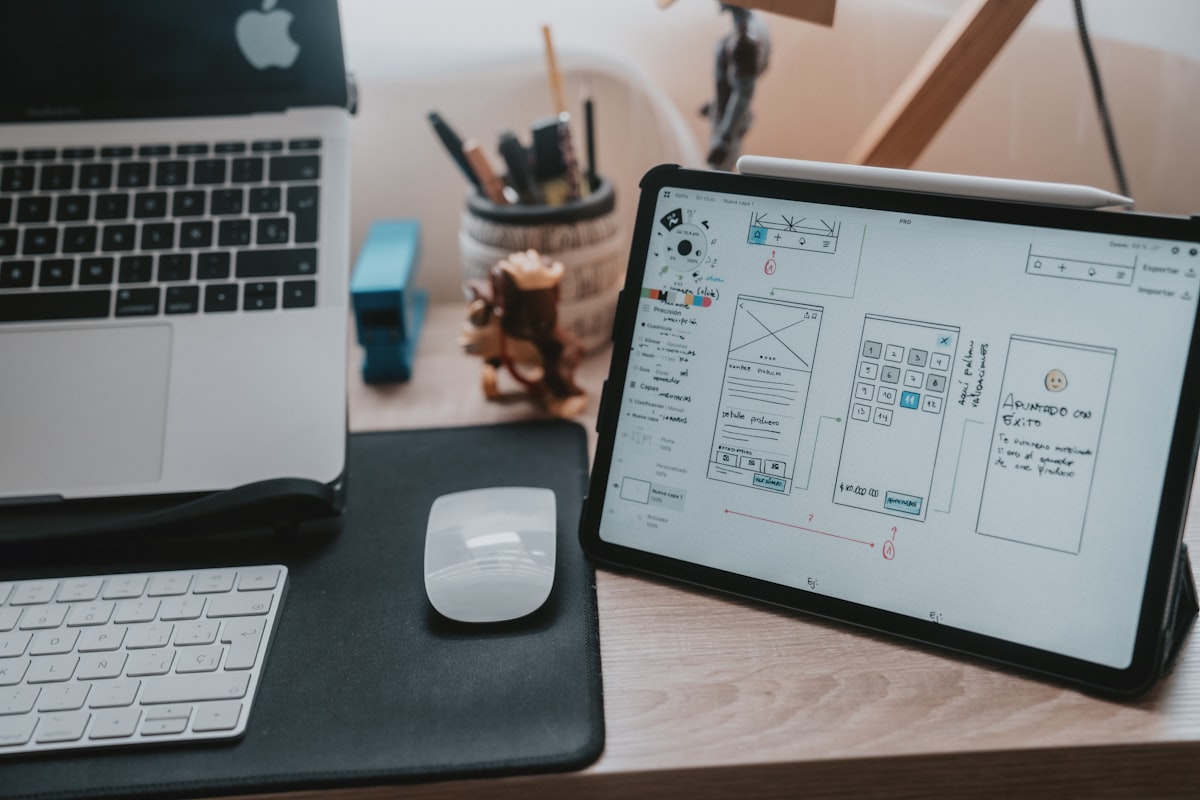Product Design

Product design is the process of creating products that meet the needs and desires of users while aligning with business objectives. It encompasses various disciplines such as industrial design, user experience (UX) design, and user interface (UI) design, with the goal of crafting solutions that are functional, aesthetically pleasing, and intuitive to use. Product designers play a crucial role in translating user insights and market requirements into tangible product features and designs. They work closely with cross-functional teams, including product managers, engineers, and marketers, to ensure that the final product meets both user needs and business goals.
Roles and Responsibilities of Product Designers:
Product designers are responsible for conceptualizing, designing, and iterating on product solutions that address user needs and enhance user experience. They collaborate with product managers to understand user requirements and business objectives, conducting user research and usability testing to gather insights and validate design decisions. Product designers create wireframes, prototypes, and high-fidelity designs, incorporating feedback from stakeholders and iterating on designs based on user feedback and usability testing results. They work closely with engineers to ensure the feasibility and implementation of designs, advocating for user-centered design principles throughout the product development process.
Key Skills for Product Designers:
Successful product designers possess a combination of technical skills, creative flair, and empathy for users. They have proficiency in design tools such as Sketch, Adobe XD, or Figma, allowing them to create high-quality designs and prototypes. Strong communication and collaboration skills are essential for effectively articulating design concepts, gathering feedback, and working collaboratively with cross-functional teams. Critical thinking and problem-solving abilities enable product designers to identify user pain points and devise innovative solutions that address user needs and differentiate the product in the market. Additionally, empathy and a user-centered mindset drive product designers to prioritize user experience and advocate for design decisions that enhance usability and delight users.
The Design Process:
The design process typically involves several iterative stages, starting from understanding user needs and defining design requirements. Product designers conduct user research, market analysis, and competitive research to gather insights and inform design decisions. They then ideate and generate concepts, sketching out ideas and exploring different design directions. Prototyping and iteration follow, with designers creating low-fidelity and high-fidelity prototypes to test and refine design solutions. Usability testing and feedback gathering inform further iterations, leading to the development of a final design ready for implementation. Throughout the design process, collaboration with cross-functional teams and stakeholders is crucial for aligning on design goals, gathering feedback, and ensuring that the final product meets user needs and business objectives.
Collaboration in Product Design:
Collaboration in product design involves bringing together diverse stakeholders, including product managers, designers, engineers, marketers, and end-users, to collectively contribute to the creation of a successful product. By fostering open communication and collaboration among these stakeholders, teams can leverage their respective expertise and insights to generate innovative ideas, address potential issues early in the design process, and ensure that the final product meets user needs and business goals. Collaboration platforms such as Slack, Microsoft Teams, and project management tools like Asana or Jira facilitate seamless communication and coordination among team members, enabling effective collaboration regardless of geographical locations or organizational hierarchies.
User-Centered Design Principles:
User-centered design (UCD) principles prioritize the needs, preferences, and behaviors of end-users throughout the product design process. This approach involves understanding user requirements through methods like user research, persona development, and usability testing, and incorporating these insights into the design decisions. UCD principles emphasize iterative design, where prototypes are tested with real users to gather feedback and refine the product iteratively. By focusing on user satisfaction and usability, products developed using UCD principles are more likely to meet user expectations, enhance user experience, and ultimately drive user adoption and satisfaction.
Tools and Technologies in Product Design:
Product design relies on a variety of tools and technologies to facilitate the creation and iteration of designs. Graphic design software such as Adobe XD, Sketch, or Figma enables designers to create mockups, wireframes, and high-fidelity prototypes. These tools often feature collaboration capabilities, allowing designers to share designs with team members and stakeholders for feedback and review. Additionally, prototyping tools like InVision or Proto.io allow designers to create interactive prototypes that simulate the user experience, enabling early validation of design concepts. Collaboration platforms and project management tools also play a crucial role in facilitating communication and coordination among design teams and other stakeholders throughout the design process.
Challenges in Product Design:
Product design faces various challenges, including balancing user needs with business objectives, managing stakeholder expectations, and navigating technical constraints. Designers must strike a balance between innovation and feasibility, considering factors such as time, budget, and resource constraints. Additionally, ensuring consistency across different devices and platforms while maintaining a cohesive user experience can pose challenges in product design. Managing feedback effectively, resolving conflicts, and prioritizing features based on user feedback and business impact are also common challenges faced by design teams. Ultimately, overcoming these challenges requires effective communication, collaboration, and a user-centered approach to design.
Measuring Success in Product Design:
Measuring success in product design involves evaluating the effectiveness of design decisions in achieving predefined goals and objectives. Key performance indicators (KPIs) such as user satisfaction scores, usability metrics, conversion rates, and retention rates are commonly used to assess the impact of design changes on user experience and business outcomes. Qualitative feedback gathered through user interviews, surveys, and usability testing provides valuable insights into user perceptions and preferences, helping identify areas for improvement.
Additionally, A/B testing and analytics tools enable designers to track user interactions, behavior patterns, and performance metrics, allowing for data-driven decision-making and continuous optimization of the product design. Ultimately, measuring success in product design requires a holistic approach that considers both qualitative and quantitative measures of user satisfaction, usability, and business impact.
